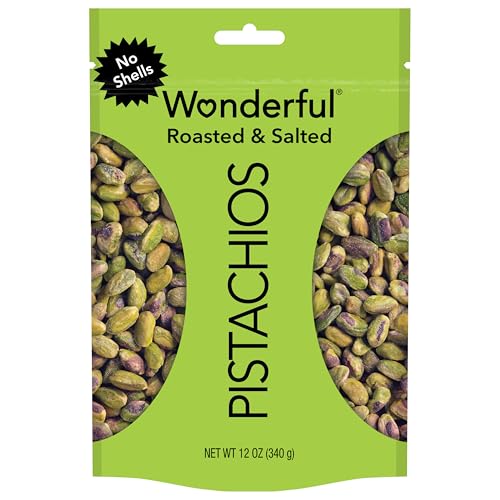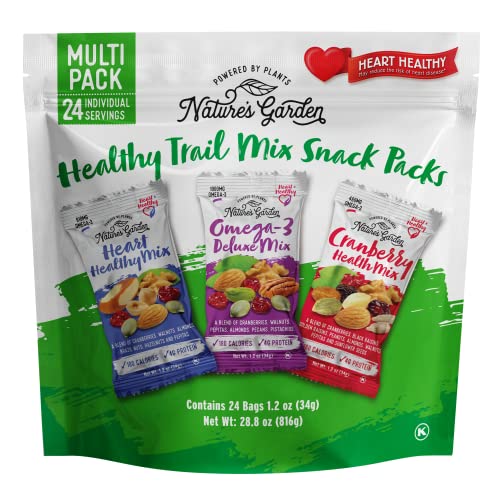When it comes to snacking, it’s easy to grab whatever looks good without a second thought. But have you ever stopped to really check what’s in those tasty treats? Reading nutrition labels can feel overwhelming, but it’s a game-changer for making healthier choices.
Understanding Nutrition Labels
Reading nutrition labels is crucial for making informed snack choices. These labels provide essential information that helps identify healthier options.
Purpose of Nutrition Labels
Nutrition labels serve to inform consumers about the nutritional content of food products. They allow me to quickly assess what’s inside each snack, making it easier to compare options. Understanding the ingredients and their nutritional value helps me choose snacks that align with my health goals and dietary preferences.
Key Components of Nutrition Labels
Nutrition labels consist of several key components:
- Serving Size: Indicates how much of the snack is considered one serving. It’s essential to compare serving sizes when checking nutritional information.
- Calories: Displays the amount of energy in one serving. Tracking calories helps me manage my daily intake effectively.
- Nutrients: Lists important nutrients like fats, carbohydrates, sugars, and protein. Focusing on higher fiber and protein content helps me feel fuller longer.
- Vitamins and Minerals: Shows specific vitamins and minerals present in the snack. Looking for snacks rich in these nutrients supports overall health.
- Ingredients List: Contains all ingredients used in the snack, listed in order of quantity. I always look for whole foods and avoid snacks with preservatives or artificial ingredients.
By familiarizing myself with these components, I’m more equipped to make healthier snack choices that satisfy both my taste buds and my health consciousness.
Importance of Reading Nutrition Labels for Snacks
Reading nutrition labels is essential for making healthier snack choices. These labels provide valuable information that can help anyone navigate their options and align their selections with health goals.
Making Informed Choices
Making informed choices starts with understanding the nutrition label components. I always focus on serving size first, as it dictates the amount of calories and nutrients in each package. For example, a seemingly healthy snack may contain a high calorie count if the serving size is small. I pay attention to calories, as they add up quickly in snacks. Then, I look for key nutrients like proteins, carbohydrates, and fats to evaluate the snack’s overall healthiness. Ingredients also play a vital role; I avoid artificial additives and prioritize whole ingredients. By comparing these values across various snack options, I can confidently select snacks that contribute positively to my diet.
Identifying Healthy Snack Options
Identifying healthy snack options requires a keen eye for nutrition labels. I look for snacks that provide essential vitamins and minerals, such as vitamin C or fiber. High fiber content often indicates better digestive health and can keep one fuller for longer. I also seek out snacks with wholesome ingredients like nuts, whole grains, and seeds, avoiding those with added sugars or preservatives. For example, a trail mix with nuts and dried fruit might be a better choice than sugary granola bars. I recommend focusing on snacks that list whole foods first in the ingredients—this usually points to better quality overall. Gaining this understanding allows me to choose snacks that fuel my body and taste great.
Common Misconceptions
Many people hold misconceptions about nutrition labels that can lead to poor snacking choices. Clearing up these misunderstandings helps in making healthier decisions.
Misleading Claims on Packaging
Many snack products flaunt claims like “all-natural” or “low-fat,” which aren’t always reliable indicators of healthiness. Understanding that these terms lack strict definitions is crucial. A snack labeled “low-fat” might compensate with added sugars, while “all-natural” doesn’t guarantee nutritional value. Always look at the nutrition facts panel rather than solely relying on these marketing phrases. Ingredients matter—familiarize yourself with them to recognize what truly comprises your snacks.
Understanding Serving Sizes
Serving sizes often mislead snacking enthusiasts. A small serving might seem harmless, but it can mask the total calorie and nutrient intake quickly. For example, a granola bar may indicate a serving size of one bar, yet many people eat two or three in a sitting. Check the serving size first to assess how much you’re truly consuming. Comparing snack options based on their serving sizes helps in evaluating which products are more aligned with your health goals. Remember, it isn’t just about what’s on the label; it’s also about how much you end up eating.
Tips for Effective Label Reading
Reading nutrition labels can greatly influence your snacking choices. Utilizing a few practical tips makes the process easier and helps ensure you’re selecting the healthiest options.
Focus on Nutrient Content
Prioritize essential nutrients when evaluating snacks. Look for snacks high in protein, fiber, and healthy fats. These nutrients promote satiety and help maintain energy levels throughout the day. Verify the percentages of daily values for vitamins and minerals against your dietary needs. Examples of beneficial nutrients include:
- Protein: Prioritize snacks with at least 5 grams of protein per serving.
- Fiber: Aim for snacks that provide a minimum of 3 grams of fiber.
- Healthy Fats: Choose snacks containing unsaturated fats, like those from nuts or seeds.
Avoid products loaded with added sugars and empty calories. Check the ingredient list for whole foods. Ingredients should be recognizable and minimal. The shorter, the better.
Compare Different Products
Comparing products side by side simplifies your choices. Use the nutrition facts panel to assess calories, serving sizes, and nutrient levels across various brands. Here’s how to do it:
- Check Serving Sizes: Ensure you’re comparing the same serving size for accurate assessments.
- Review Key Nutrients: Compare protein, fiber, and sugar content across snacks.
- Evaluate Calories: Consider overall calorie count and how it fits into your daily intake.
Conclusion
Reading nutrition labels has been a game changer for me when it comes to snacking. It’s amazing how much insight you can gain just by taking a few moments to check the details. I’ve learned to focus on serving sizes and key nutrients that really matter for my health goals.
By being mindful of what I choose to snack on I feel more empowered and in control of my diet. It’s all about making informed decisions that align with my preferences and lifestyle. So next time you reach for a snack take a moment to read the label. You might just discover a healthier option that you love.












